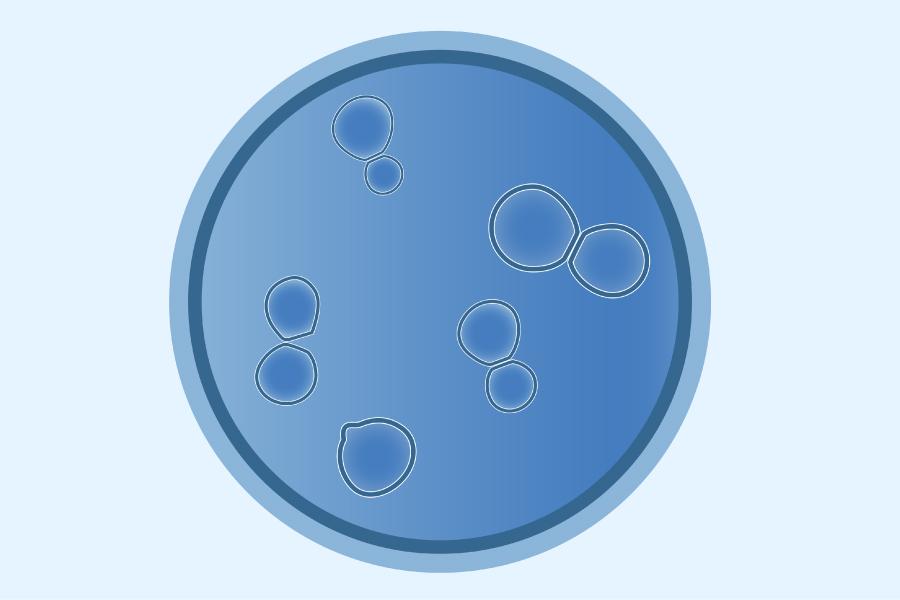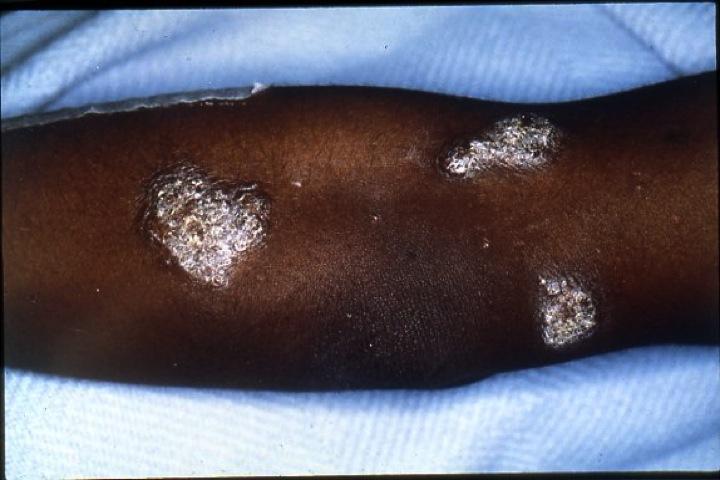Blastomyces is a fungus that lives in soil, rotting wood, and close to the waterways such as rivers and streams. According to the Centers for Disease Control and Prevention (CDC, 2021), Blastomyces can be mainly found in the midwestern, south-central, and southwestern U.S. states. The fungus has a distinctive appearance in its yeast form that makes it recognizable in laboratory conditions (Picture 1). The microscopic size of Blastomyces spores creates a constant threat of exposure in its endemic areas.

Throughout its lifecycle, Blastomyces exist in two forms: mold and yeast. Initially, the fungus lives in the environment as a mold that produces small spores, invisible to the human eye without a microscope (CDC, 2021). Once inhaled by a human, Blastomyces begin to transform into yeast. According to Kaufmann (n.d.), the temperature for transformation is 37°C, making human tissues a perfect environment for Blastomyces. The yeast can either stay in the lungs or spread through the bloodstream, potentially causing an infectious disease called blastomycosis.
Since blastomycosis primarily affects the lungs, its symptoms are usually similar to the symptoms of other lung infections. For instance, blastomycosis can cause fever, cough, night sweats, chest pain, fatigue, and muscle aches (CDC, 2021). However, in certain cases, the spread of Blastomyces into the skin tissue can cause the development of skin lesions (Picture 2 ). Overall, blastomycosis can be considered an insidious infection that successfully disguises itself as another disease.

Given this information, understanding Blastomyces would help me diagnose blastomycosis. The knowledge about Blastomyces would prevent me from confusing blastomycosis with other lung diseases. Consequently, I would be able to make a correct diagnosis and prescribe an effective medication. Considering that improperly treated blastomycosis can lead to the development of severe symptoms, prompt and correct diagnosing is crucial for helping the patients.
References
Centers for Disease Control and Prevention. (2021). Where blastomycosis comes from.
Kaufmann, C. (n.d.). Blastomyces dermatitidis. Infectious Disease Advisor.